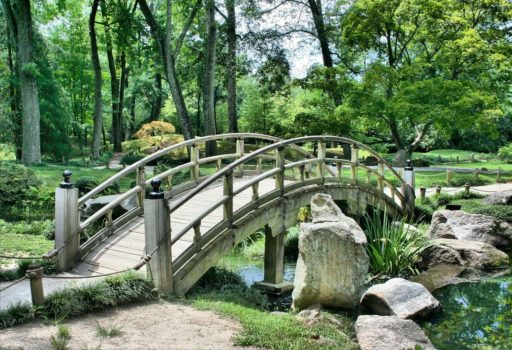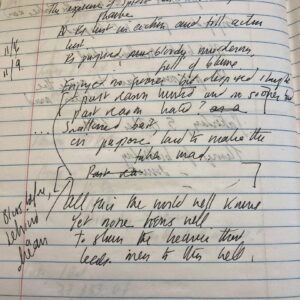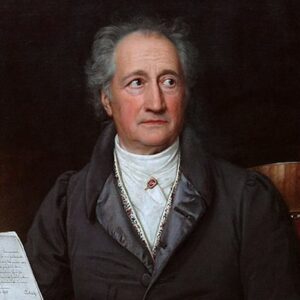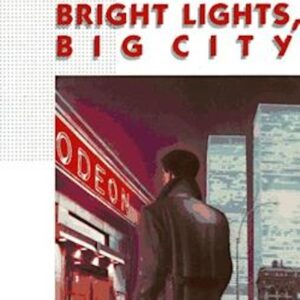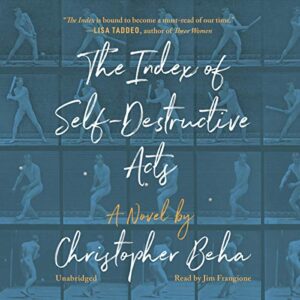At the end of December, it will have been five years since my friend Pepper Smith died. He was a writer, a dedicated husband and father, and great witness of ways to find meaning in suffering.
Even after five years, I’m amazed at how all the things that he told me about over the years, the stories and anecdotes, remain such vivid companions. It will be the middle of an ordinary day, and all of a sudden, I’ll pick one up like an artifact on a living room table, turn it over in my hands, and consider what it means.
Here’s one: More than once to me, he recalled a professor he’d had at Davidson College (before he’d dropped out and come home), a Protestant man from South India who made the comment to him: “Pepper, I am a Christian! But still I have seen spirits falling from the trees.”
Still I have seen spirits falling from the trees. That phrase echoes in my head, both as a reminder of Pepper’s genial storytelling humor (you just had to be there) and the central point that, though Pepper himself was a committed Christian, the boundaries of faith and truth always remained cosmic and porous, to be approached with humility. Truth was only found in encounter, and synthesis.
We are not living in an age of synthesis—let alone humility—in public dialogue, whether about art, literature, or religion, Rather, the dominant pose (and take note of how I framed that) is one of the endless, exhausting refinement of distinctions, the chopping up of this not that. If you’ve ever been the target of a long Twitter pile-on, you know what I mean, but the urge to make performative counter-arguments rises all the way up the cultural scale. And this is true of all points along the continuum. We are a civilization of battle stations.
Which is why I have been grateful for the work of Bridge Projects. For the past several years, from its storefront space on Santa Monica Boulevard in Los Angeles, Bridge Projects has mounted exhibitions and events in which questions of art, culture, and belief are explicitly dovetailed. Here’s how they describe their own mission on their website:
Our programming is especially aimed at fostering more advanced and more open interdisciplinary explorations of the relations between contemporary art, spirituality, and religious traditions…
If I had to use one word to describe Bridge Projects’ work, it would be intimacy. Perhaps that is because I stumbled upon them, and their programs, sometime during the early period of the pandemic, when all distinctions seemed topsy-turvy and liminal. I signed up for one of their webinars, and while we’re all supposed to lament Zoom now, the boxes of speakers arrayed on the screen were calming, everyone somehow knitted together in conversation.
The subjects? I watched one about how the growth of evangelical Christianity in China has affected the composition of contemporary landscape painting. Just the other day, one of the webinars attached to their Here/After exhibit featured academic discussion of the notion of the afterlife in visual art of Jewish, Islamic, Buddhist, and Christian traditions. And far from a tightly academic discourse, the discussion yawed between such disparate subjects as the legacy of the Holocaust in art considering “the afterlife” in Judaism, for which such a category is unsettled, and how the notions of an individual self (and its boundaries) vary between different schools of Christian theology. (That intimacy, I suspect, is the genius of Bridge Projects’ co-directors, Cara Megan Lewis and Linnéa Spransy Neus.)
Just this week, in fact, I was heartbroken to have to miss their workshop Sad Clothes Clinic: All Things Made New—both because I was at work and because this workshop had no Zoom access. It was particularly piercing, because the precis for the workshop distilled perfectly the exact kind of approach needed for our civilizational recovery. From the workshop’s online description (emphases mine):
In this clinic, you are invited into a collaborative mending practice with Kate Ingold who will begin repairs to the worn or damaged textiles brought by participants who will then complete the mending at home. The act of mending could be physical, or emotional, or both. Perhaps the textile was worn by a beloved one who is no longer here, or was present for another kind of difficult transition. It may involve disassembling the textile or embellishing it, adding or taking weight away. Through the act of sewing and giving careful attention, the textile will be transformed and, perhaps, healed.
It’s just the work to which my friend Pepper Smith was so deeply committed to in his own life and witness, and in the poems and stories he wrote, and above all, his own relationships. I will continue to be mulling over all of these connections, and what they might mean.
But I’m even more unsettled, because the Bridge Projects space on Santa Monica Boulevard will have closed by the time that you read this essay. It is my own mystery to figure out why—the absence I feel that the little pinpoint of synthesis is being removed from an actual, physical map.
It’s my understanding, though, that Bridge Projects will be continuing, though in a new form. Their next exhibition, To Bough and To Bend, will open next month at the Frederick R. Weisman Museum in Malibu.
I’m eager to see where they go, and what they do next—and the moveable tabernacle they take with them. I think Pepper would have loved this.
For John Langston and for Jon Parrish Peede
Caroline Langston was a regular contributor to Image’s Good Letters blog, and is writing a memoir about the U.S. cultural divide. She has contributed to Sojourners’ God’s Politics blog, and aired several commentaries on NPR’s All Things Considered, in addition to writing book reviews for Image, Books and Culture, and other outlets. She is a native of Yazoo City, Mississippi, and a convert to the Eastern Orthodox Church. She lives outside Washington, D.C., with her husband and two children.

